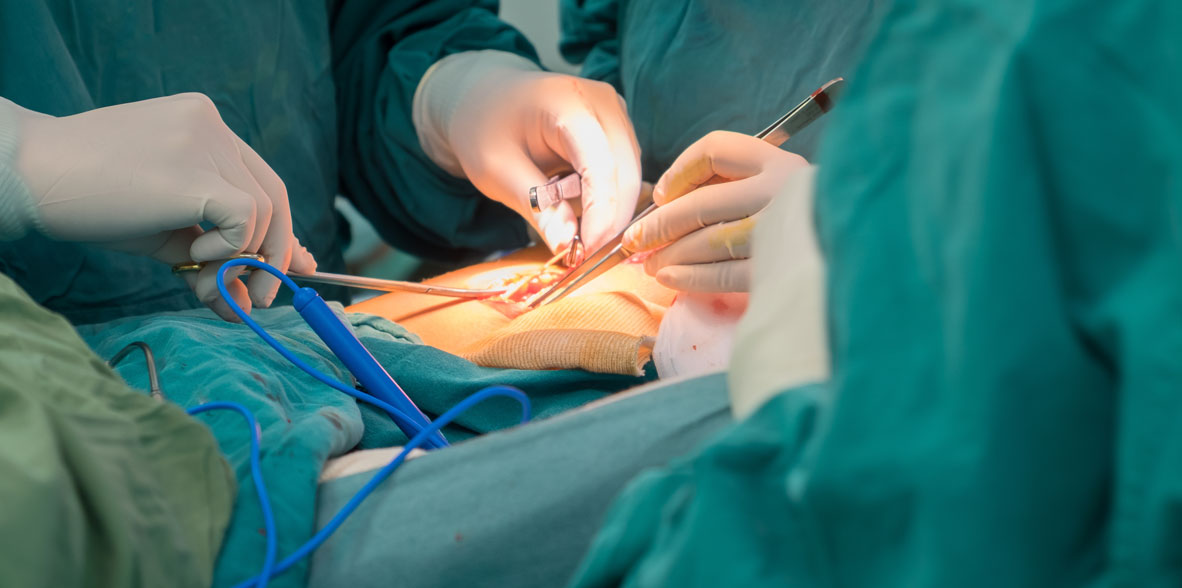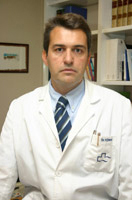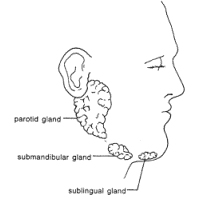

 Centro Médico Teknonen/health-centers/centro-medico-teknon
Centro Médico Teknonen/health-centers/centro-medico-teknon
Pathologies or diseases of the thyroid can be treated medically and/or surgically.
Hyperthyroidism with small diffuse or nodular goiter, small uni or multinodular goiter, asymptomatic and benign, hypothyroidism presents a good response to medical treatment.
Other pathologies such as hyperthyroidism refractory to medical treatment, large and / or symptomatic goiter and thyroid cancer are surgical treatment.
Surgery plays a fundamental role in the treatment of thyroid diseases. The objective of the surgeon who should indicate thyroid surgery should be in cases of non-response to medical treatment, cases that present symptoms, are usually large goiters (dysphagia, airway obstruction, etc.) and thyroid cancer.
The degree of surgery to be performed (hemithyroidectomy, subtotal thyroidectomy, total thyroidectomy) must sometimes be determined during surgery.
Parathyroid surgery
The parathyroid glands are the small glands of the endocrine system that are located behind the thyroid.
There are usually four parathyroid glands that are normally about the size of a pea. They are shown in this chart as the mustard yellow glands behind the pink thyroid gland. This is its normal color.
The sole purpose of the parathyroid glands is to secrete the hormone parathormone (PTH) which is responsible for regulating the level of calcium in our bodies within a very narrow range so that the nervous and muscular systems can function properly and the metabolism of calcium and phosphorus.
Although they are neighbors and part of the endocrine system, the thyroid and parathyroid glands are otherwise unrelated.
The main disease of the parathyroid glands is the overactivity of one or more of the parathyroids that produce too much parathyroid hormone that causes a potentially serious calcium imbalance. This is called hyperparathyroidism.
The most common cause of excess hormone production is the development of a benign tumor in one of the parathyroid glands. This exaggerated or increased growth of a parathyroid gland is called a parathyroid adenoma which makes up 87-93 percent of all patients with primary hyperparathyroidism.
This situation is illustrated here: one of the parathyroid glands has developed a tumor that is secreting all the hormone... that the other three glands are small and respond appropriately to high calcium becoming inactive (the parathyroids are yellow and are located behind the larger lobes of the thyroid demonstrated in light pink).
It is essentially never cancerous (less than one in 500), yet it slowly causes damage to the body because it induces an abnormally high level of calcium in the blood that can slowly destroy a number of tissues. Parathyroid adenomas are typically much larger than normal classified parathyroids (demonstrated on the scale).
Approximately 7 to 11 percent of all patients with primary hyperparathyroidism will have an enlargement of all four parathyroid glands, a term called parathyroid hyperplasia.
In this case, all the parathyroid glands enlarge and produce too much parathyroid hormone. This is a much less common scenario but the final results in the tissues of the body are identical.
An even rarer situation occurs in about 3% of people who have two parathyroid adenomas while having two normal glands. This is a very rare situation and can make the diagnosis and treatment of this disease relatively difficult.
In short:
- 87% a single adenoma or a single hyperfunctioning parathyroid gland
- 9% hyperplasia of all four glands or overfunctioning of all 4 glands
- 3% multiple adenomas - 2 or 3 hyperfunctioning adenomas
- < 1% = parathyroid cancer (very rare!!)

The parotid gland is one of the main salivary glands that produce saliva. These glands are located in front of the ears and extend to the area below the earlobe along the submandibular area. Of all the salivary glands, tumors are most commonly found in the parotid gland. However, parotid gland tumors are rare and only about 20 percent are malignant.
Surgical treatment is usually the best option for a parotid tumor. Although most tumors are slow-growing and benign, they will continue to grow and surgical treatment later may be more difficult.
If a mass is slow-growing and causes no symptoms, and if you have significant health problems that would preclude a safe surgical procedure, the doctor may choose to do nothing and perform a wait-and-see attitude. Since we can not forget that the facial nerve, an important nerve for the expressiveness and functioning of the face passes through the gland, and therefore surgery on this gland is potentially serious and very delicate.
Surgical treatment of parotid tumor usually requires parotidectomy, removing part or all of the gland.
Tumor exeresis or a "lumpectomy" is not recommended, as microscopic tumor cells can spread into the wound and tumor recurrence. A lumpectomy also increases the risk of damaging the facial nerve.
Cervicofacial masses constitute a set of different lesions in terms of their origin, evolution and specific treatment.
We can classify them into four categories: lymph node inflammatory masses, metastatic adenopathies, cervicofacial congenital malformations, and soft tissue tumors of the head and neck.



































